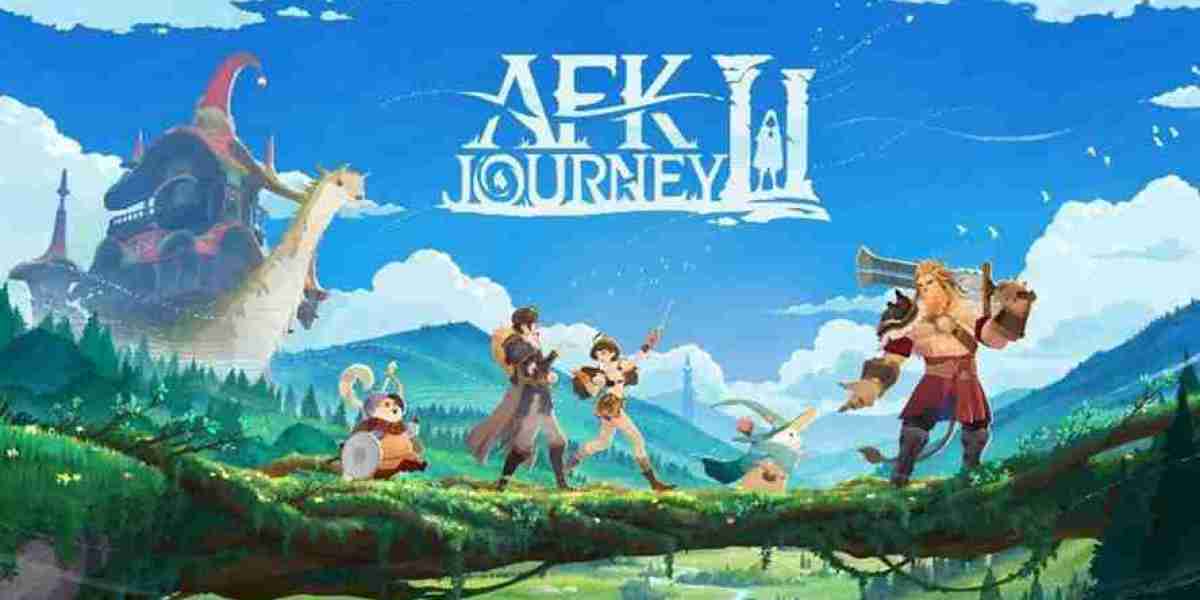Introduction
Ever found yourself staring at a pixelated map, frantically trying to recall the shape of some far-off land you vaguely remember from high school geography? As a game developer, I’ve always been fascinated by how games like Worldle turn cognitive challenges into engaging experiences. This map-based guessing game is like Wordle’s globe-trotting cousin, challenging players to identify countries with minimal clues.
But beyond its simple mechanics lies something fascinating: Worldle isn’t just a game—it’s a brain workout. Why does Worldle feel so satisfying? What’s happening inside your brain as you play? And why do some countries seem impossibly tricky while others feel instantly familiar? Let’s dive into the cognitive science behind Worldle and why it’s more than just another online puzzle.
The Mechanics of Worldle – How It Works
For those unfamiliar, Worldle presents you with an outline of a country or territory, and your job is to guess what it is. After each guess, the game gives you feedback on how close you are in terms of distance and direction. It’s simple, yet surprisingly challenging.
As a game developer, I recognize how Worldle brilliantly implements progressive feedback loops—each incorrect guess provides directional hints, leading players toward the correct answer through a process of elimination and spatial reasoning. Unlike Wordle, where pattern recognition dominates, Worldle relies heavily on geographic memory and deduction. This type of iterative problem-solving keeps players engaged and fuels that addictive "just one more try" mentality.
Spatial Awareness – The Brain’s Built-In GPS
Your ability to recognize countries in Worldle taps into a crucial cognitive skill: spatial awareness. The human brain has a dedicated system for understanding and navigating spaces, primarily driven by the hippocampus. This region, often associated with memory formation, plays a key role in processing locations and shapes.
When you see an unfamiliar country silhouette, your brain starts searching for patterns. As a game designer, I often consider how visual cues trigger memory recall. Maybe a country has a distinctive coastline, an odd protrusion, or a recognizable neighbor. This is why some countries—like Italy with its boot shape—are easy to identify, while others (looking at you, Central African Republic) leave players scratching their heads.
Your brain also relies on mental mapping—the ability to visualize places even without direct reference. The more you’ve seen a map, whether in school, while traveling, or even just browsing Google Earth, the stronger your mental map becomes. Well-designed games like Worldle reinforce this skill through repeated exposure and reward mechanisms.
The Science of Guessing – Deduction & Problem-Solving
Ever thrown out a completely wild guess just to see what happens? There’s a reason behind that instinct. Worldle engages what’s called heuristic problem-solving, where your brain makes educated guesses based on partial information.
As a game developer, I know that effective puzzle mechanics balance uncertainty with learning opportunities. Each wrong guess gives you distance clues, tapping into your brain’s iterative learning process. It’s similar to how a child learns—trial and error, refining understanding with each attempt. The more you play, the better your brain becomes at making connections between country shapes and their locations.
Some players rely on recognition priming—their brain sees a shape and immediately recalls stored information. Others take a more analytical approach, using process-of-elimination and directional hints to narrow down the possibilities. Designing games that encourage multiple cognitive strategies like this is key to keeping players engaged over time.
Memory & Recognition – How Your Brain Stores Geography
If you’ve ever aced a Worldle challenge on your first guess, you can thank your long-term memory. Specifically, your semantic memory—the part of your brain that stores factual knowledge—holds information like country shapes, names, and locations.
As a game designer, I find it fascinating how games like Worldle tap into different layers of memory. If geography wasn’t your strong suit in school, you might struggle more with Worldle, but that doesn’t mean you can’t improve. Each time you play, your brain strengthens neural connections, reinforcing your ability to recognize and recall geographic shapes. Essentially, playing Worldle is like giving your memory a mini workout.
Another fascinating cognitive process at play is associative memory. Your brain might recall a country because of a personal connection—maybe you once took a trip there, saw it in a documentary, or learned about it in history class. As a developer, I aim to create experiences that leverage this principle, making learning feel natural rather than forced.
The Role of Dopamine – Why Worldle is So Addictive
Ever noticed how Worldle makes you want to keep playing, even when you struggle? That’s dopamine at work. Dopamine is the brain’s reward chemical, released when you solve a problem or achieve something challenging.
Game developers—including myself—use this principle to design reward systems that keep players engaged. Each correct guess in Worldle reinforces a feeling of success, encouraging players to keep going. Even incorrect guesses keep the game engaging, as the feedback system provides small hints that guide players toward the right answer, keeping their brains invested.
This reward mechanism is why Worldle can feel frustrating yet oddly satisfying—our brains love problem-solving, and each small victory pushes us to play “just one more round.”
Learning Through Play – How Worldle Improves Geographic Knowledge
Beyond just fun, Worldle has real educational benefits. Regular play improves:
- Geographic awareness: You start recognizing country shapes and locations more easily.
- Directional understanding: The game trains you to think in terms of north, south, east, and west.
- Memory retention: Repeated exposure to country shapes strengthens recall.
As a game developer, I appreciate how Worldle gamifies education. Many players report learning new countries simply through repeated guesses. The game’s feedback loop essentially forces players to internalize locations over time, making it a surprisingly effective geography teacher.
Why Some Countries Are Harder to Guess
Certain countries seem to stump players more often. This is usually because they lack distinct shapes or are less commonly referenced in media and education. From a design perspective, understanding relative position bias is crucial—players tend to focus more on their own region, which affects recall of distant places.
The Future of Worldle – More Than Just a Game?
Could games like Worldle have broader applications? Absolutely. As a developer, I see tremendous potential in using spatial reasoning and problem-solving games to improve cognitive function. Some educators are even incorporating Worldle into geography lessons, turning learning into an interactive challenge rather than rote memorization.
Conclusion
At first glance, Worldle might seem like a simple guessing game, but under the surface, it’s a fascinating exercise in spatial memory, problem-solving, and cognitive processing. The way it engages different parts of the brain makes it more than just a pastime—it’s a genuine brain-training tool wrapped in the disguise of a fun daily challenge.
As a game developer, I admire how Worldle blends education with entertainment. So next time you play, remember: you’re not just identifying country shapes—you’re fine-tuning your brain’s ability to recognize patterns, recall information, and problem-solve. And if you miss an easy one? Don’t worry—it’s just another chance for your brain to learn.




